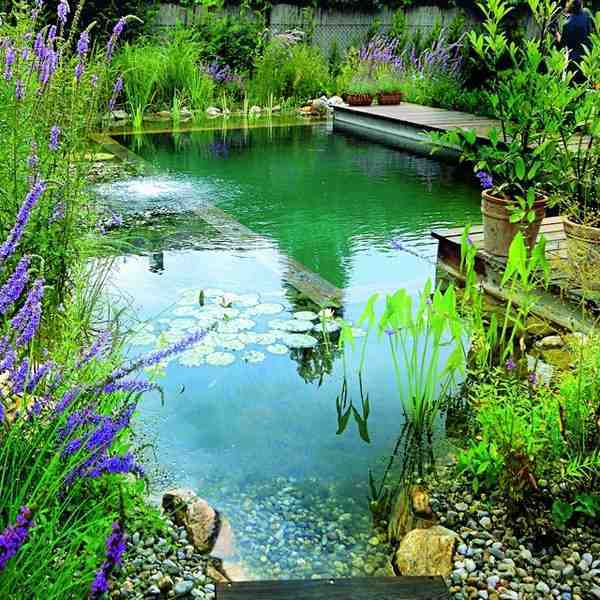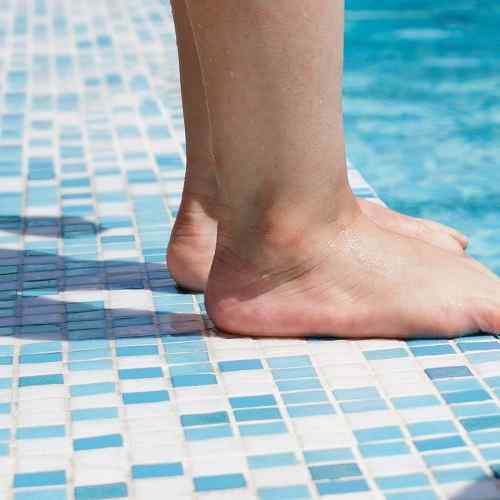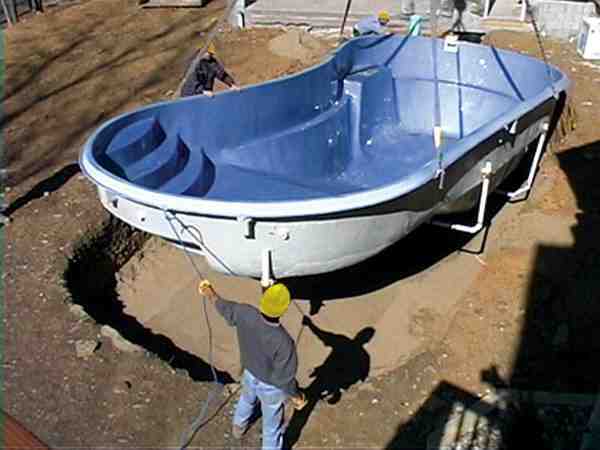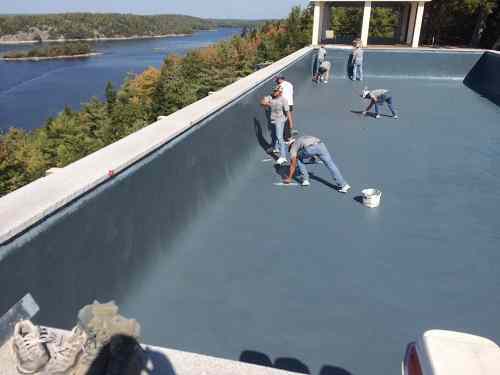A swimming pool is not a dream anymore; it is an affordable piece of fun and wellness. Its types are different: indoor and outdoor, round and square, assembled and built-in, inflatable and concrete.
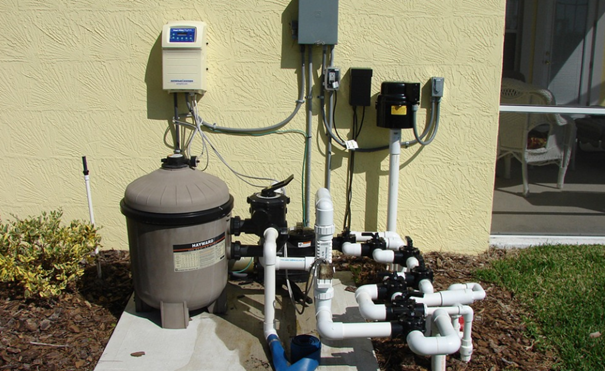
No matter what type you choose, the purity of water inside is the most crucial issue. Water filtration pumps are a handy device that prevents thousands of tons of water stagnation and organics creation. Another function is a possibility for water circulation, water heating, and water suction.
So, there are two main types of pool pumps based on their capacity: circulation pump and filtration pump. Filtration pumps are more efficient. Some pumps can combine functions and have variable speeds.
Set up of pumps
Depending on the primary pump function, they can be equipped with filters. In this case, pumps represent a filtration system. Filters can be made of sand, cartridge-filter, or diatomite. Sand filters have the highest filtration speed but have big sizes and are heavy.
For example, suppose the pump is equipped with a water heating system and works as a heat exchanger with an additional heating medium (freon, for example) that performs heating. Heating pumps are a better solution than gas water heating systems, as the last one works less and is more expensive.
Each pump consists of a motor and body, where a filter can be installed.
Main requirements to choose a good pool pump
A good pump is not a cheap purchase, so before you will decide to buy it, you should take into consideration the following requirements:
- The pump capacity should correspond to the pool’s volume. The pump should be able to treat the three volumes of water from the pool per day. These are standard hygiene rules for choosing the pump.
- The pump should be equipped with motor protection and proper isolation from water (isolation class – F).
- The pump should be noiseless or with a low noise load. High noise significantly decreases the quality of rest time.
- Presence of filter. Each swimming pool should be equipped with a purification system. Filters are a very reliable type and eliminate almost all negative environmental factors. Pumps with built-in filters are cheaper, but the filters’ choice is a little bit narrower than for stand-alone filters. It is better to have a strainer in addition to the primary filter to collect all large garbage pieces. The filter capacity should correspond to pump capacity; otherwise, the filter can be destroyed.
- Variable speed motor. Such function allows using pumps for different purposes without the additional cost of energy sources– circulation, filtrations, quick water suction.
- Opportunity to heat the water. Nice to have a function if the average annual temperature is below 20 degrees Celsius.
- Quality of pump materials. Because of the presence in the swimming pool of some chemicals like chlorine (used on a seasonal basis or more frequently for organic or algae removal), the pump materials should be resistant to work in such a medium. The preferable materials are high-quality plastic.
- Trustworthy Manufacturer. As pumps relate to complicated dynamic equipment, they should be maintained with proper spares in time. Their quality and availability on the market are essential.
- Proper comparison with other models. Before buying any pump, it is better to check several models with similar characteristics to understand your particular pool’s options better. On the Internet, a lot of proper reviews are available.
Many manufacturers on the market can propose reliable swimming pool pumps. The leaders are Bestway, Intex, Azuro, Kripsol, Hayward, Pentair, Aquaviva, Novum. As mentioned earlier, there are a lot of valuable reviews to compare, for example, best variable speed pool pumps.
Installation and maintenance rules
To prolong usage of any pump, the instruction should be followed strictly, and all maintenance procedures should be performed in time. The proper ambient temperature for the pump is from plus 10 to 35 Gradus Celsius, with humidity not more than 60%. Water circulation temperature should be no more than 45 Celsius Gradus. The pump should be protected from atmospheric precipitations. It should be installed on a solid horizontal surface and fixed there correctly. Typically, pumps are installed below water level.
The connection of the pump to the electricity should be performed by a professional electrician per local rules and standards. Do not forget to put between the socket the protection tipping unit. The network supply voltage should equal the pump supply voltage from its instruction.
All pumps should be turned on once in 7-10 days in backwashing mode to clean from stuck debris. According to the service life, all built-in filters should be changed; sand filters should be cleaned with special chemicals once per season. Before changing a mode, a pump should be turned off. If the swimming pool is frequently used for many people (a public one or for a big family), it is required to have a backup pump parallel to the main one. Two pumps provide the opportunity for constant water purification.
It is not recommended to swim in the pool while a pump works, even though it is isolated. If the pump is not used in the winter season, it should be dismantled and stored in a dry, warm shelter without water inside.
Conclusion
There are a lot of parameters that are important for the better functionality of the pump in the swimming pool. The main ones were listed above and should not be neglected. Some pumps have additional bonuses as the vacuum cleaner of the bottom and walls of the swimming pool. Some of them have timers and remote controls, which is very convenient. For small inflatable pools, one- or two-person pumps are too expensive and not required as a simple water change, and chemical treatment methods are sufficient. But for bigger pools, it is recommended. Usually, the water should be filtered 2-3 times per day; the more efficient the pump is minor the cycle in time will be. Based on a recommendation from this article, I hope that the general approach to choosing a proper swimming pool pump is advised correctly.
